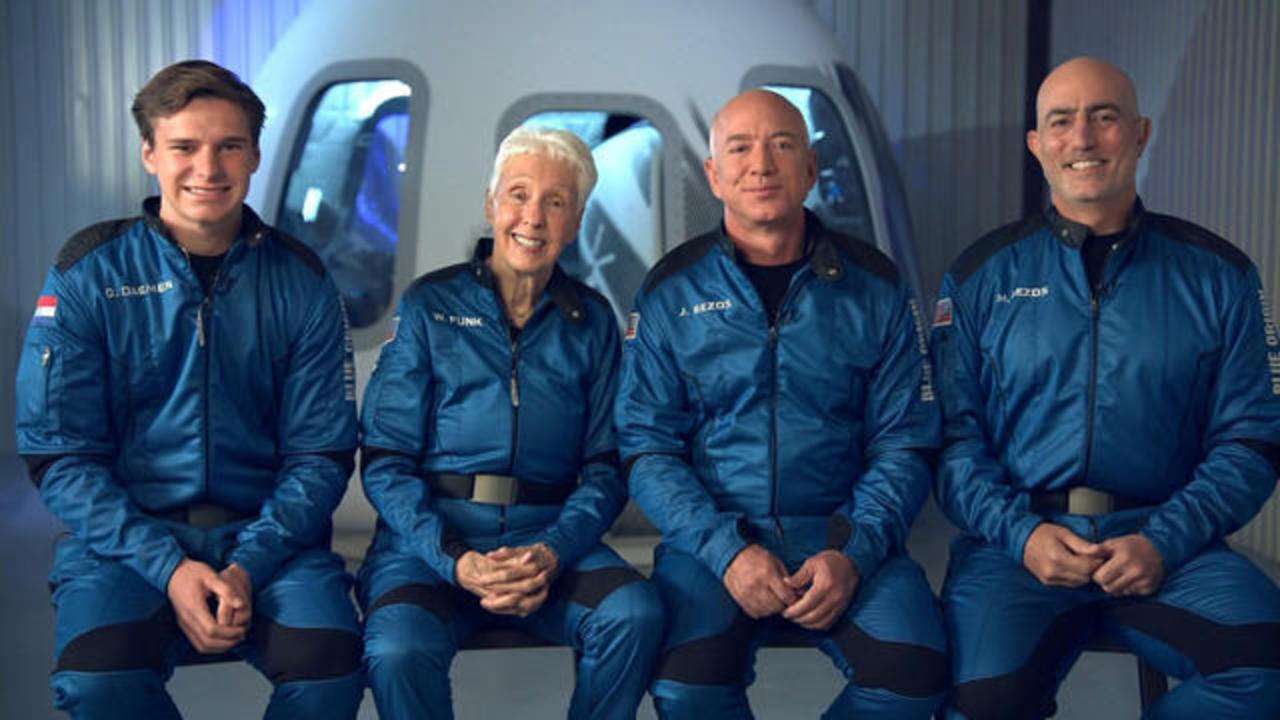In Today’s Deep Space Extra… As NASA and the world celebrate the 52nd anniversary of the Apollo 11 Moon landing, the production of deep space launch vehicles and space tourism ramp up.
Human Space Exploration
Boeing working on multiple Cores, first EUS hardware for Artemis missions 2-4
Coalition Members in the News – Aerojet Rocketdyne, Boeing, Futuramic, Northrop Grumman
NASAspaceflight.com (7/19): In addition to supporting the upcoming first launch of NASA’s new Space Launch System (SLS) rocket on the uncrewed Artemis I lunar test flight, SLS prime contractor Boeing is lining up the rockets that will support following missions. That work, taking place at the Michoud Assembly Facility (MAF) in New Orleans, is now expanding to include structures for the third and fourth Core Stages as well as the first Exploration Upper Stage (EUS).
52nd anniversary of the Apollo 11 Moon landing
WMAR.com (7/20): On July 20th, 52 years ago, Neil Armstrong and Buzz Aldrin stepped out onto the lunar surface. Their fellow crew mate, Michael Collins, stayed in orbit around the Moon. As NASA, and the world, remembers the historic moment in 1969, the agency is also looking to the future. Brian Odom, the acting NASA Chief Historian, says, “We’re going to go back to the Moon, to pick up where we left off.” He’s referring to the Artemis program, named for Apollo’s twin sister in Greek mythology. “We’ve only explored about 5% of the Moon,” says Odom. “There’s a lot left to pick up on…”
Space Science
See the first photos from the Hubble Space Telescope after a major computer malfunction
Space.com (7/19): After more than a month without a functioning camera, the Hubble Space Telescope is snapping photos of the universe again. The famous space observatory resumed science operations Saturday after weeks of inactivity while NASA engineers scrambled to fix a computer glitch. That work paid off with new photos, which show two of the first new images from Hubble since its computer troubles began.
A powerful jet emerges from a black hole in unprecedented detail in new images
Space.com (7/19): The Event Horizon Telescope (EHT) has captured a jet emerging from a super massive black hole at the center of the Centaurus A galaxy with 16 times the resolution previously possible. The new detail reveals how the jet was born and emerged from the black hole. The EHT is a collaboration between eight radio observatories from around the Earth. The study, led by European and U.S. scientists, was published in the journal Nature Astronomy.
Opinion
Assessing and celebrating the global impact of the “First Lady Astronaut Trainees”
The Space Review (7/19): Retired Mission Control specialist and author James Oberg traces the contributions made and trials faced by Wally Funk and her female contemporaries at the dawn of human spaceflight. Now 82, Funk will launch today aboard Blue Origin’s New Shepard suborbital rocket. Funk was among a small group of women who in 1960 were evaluated physically and psychologically for spaceflight. Eventually, their efforts opened the door across the globe for female space explorers. The Blue Origin flight in which Wally Funk will participate is scheduled to launch at 9:00 a.m. EDT.
Other News
Billionaire space race draws oversight from new FAA office
FOX Business (7/19): As high-profile billionaires carry on a very public race in the emerging frontier of space tourism, the Federal Aviation Administration (FAA) announced that it has opened an office in Houston, Texas, to keep better tabs on the competing firms. The agency, part of the U.S. Department of Transportation, said in a press release Monday that from the new safety field office, “FAA inspectors will be able to more effectively and efficiently monitor the ongoing testing programs and commercial space tourism operations of SpaceX and Blue Origin in Texas and Virgin Galactic in New Mexico, along with others in the region.”
Rocket Lab identifies cause of Electron failure
SpaceNews.com (7/19): Rocket Lab said July 19 that it has identified the cause of an Electron launch failure more than two months ago and that the vehicle is ready to return to flight. The Electron rocket failed to reach orbit in a May 15 launch from Rocket Lab’s Launch Complex 1 in New Zealand. Shortly after stage separation, the upper stage’s single Rutherford engine ignited but appeared to shut down seconds later. An investigation by Rocket Lab traced the cause to a problem with the rocket’s second stage engine igniter system that corrupted signals in the computer on the stage, which in turn caused the thrust vector control system to deviate outside nominal parameters. The engine computer then shut down the Rutherford engine.

